Frequently Asked Questions
1. What are the environmental impacts of knife production?
2. What materials are typically used in the production of Damascus Steel knives?
3. How can knife manufacturers adopt more sustainable practices?
4. What role does knife maintenance play in reducing environmental impact?
5. What future innovations could improve the sustainability of knife production?
In recent years, the culinary world has increasingly elevated the importance of high-quality knives, particularly those crafted from Damascus Steel. However, while the aesthetic appeal and functionality of these knives are undeniable, it’s crucial to shift our focus towards the environmental impact of their production. This article aims to delve into various facets of knife production, from the materials used to the manufacturing processes, while evaluating their sustainability. Join us as we explore the complexities that surround the environmental impact of knife production.
The Sources of Knife Materials
The journey of any knife, including those made of Damascus Steel, begins with selecting raw materials. This stage is crucial, as different sources yield varying environmental consequences. Traditionally, knives have been made from a range of metals, including carbon steel, stainless steel, and, more specifically, a combination of metals used to create Damascus Steel.
Steel Production
The production of steel involves significant energy consumption and carbon emissions. Most steel is produced using iron ore, which is mined from the Earth. Mining processes can lead to ecosystem disruption, habitat loss, and water pollution. The manufacturing of steel itself also emits greenhouse gases, contributing to climate change. To understand the specific impact of Damascus Steel, one must consider the multi-layering technique, which often utilizes various scrap metals fused together through a process of forging and welding. The environmental footprint of these metals can vary greatly, influenced by how and where they were sourced.
The Forging Process and Its Footprint
Once materials are obtained, the forging process begins, which can vary significantly by manufacturer. Traditional knife makers often rely on techniques handed down through generations. However, shortcuts are increasingly adopted in modern production methods. Let’s break down some of the key impacts of the forging process.
Energy Consumption
The energy required to power the machinery involved in forging can be substantial. While many artisans strive for sustainable practices, large-scale manufacturing generally relies on fossil fuels. Tools heated in high-temperature forges contribute to the overall carbon footprint of knife production.
Water Usage
Water is vital throughout many stages of knife production. It’s used for cooling steel during forging and in other processes. Knife manufacturers should evaluate their water sources and ensure responsible usage to mitigate the risk of depleting local water supplies. Additionally, wastewater discharge can contaminate local water sources if not properly managed.
The Role of Finish and Coatings
Once the knife is forged, finishing comes into play. The type of finishes and coatings used can have various environmental impacts:
- Paints and Oil Coatings: These can contain harmful chemicals that, if disposed of improperly, can contaminate local ecosystems.
- Oxidation Treatments: Utilizing eco-friendly alternatives can minimize the use of hazardous substances.
- Traditional Techniques: Some artisans still use ancient polishing methods involving natural stones, reducing chemical waste.
Responsible Sourcing and Ethical Practices
With increasing awareness of environmental issues, many knife producers are turning towards responsible sourcing of materials. This can range from mining practices to the selection of recycled and reclaimed materials. Here are some ways knife makers are becoming more ethical in their practices:
Using Recycled Materials
Recycling metals not only lowers the demand for newly mined resources but also significantly minimizes the energy and water used in production. When manufacturers create Damascus Steel knives using recycled metals, they contribute to a circular economy, effectively reducing the overall environmental impact.
Transparency in Supply Chains
More brands are now willing to disclose their supply chain practices. Transparency is vital for consumers looking to make informed decisions. By demanding accountability, customers can help steer the industry toward sustainable practices. Supporting brands that prioritize eco-friendly methods can drive the market towards better environmental stewardship.
The Life Cycle of a Knife
Understanding the entire life cycle of a knife also plays a significant role in assessing its environmental impact. From production to disposal, various factors contribute to the knife’s footprint:
- Production: As previously discussed, the materials and processes used have immediate impacts.
- Usage: A well-made knife can last a lifetime, reducing the need for frequent replacements. Users can enhance the longevity of knives through proper care and maintenance.
- End-of-Life: When a knife reaches the end of its life, disposal methods are essential. Recycling programs or take-back initiatives can minimize waste.
The Importance of Proper Maintenance
Maintaining knives, especially those crafted from Damascus Steel, can have positive long-term benefits for both the user and the environment. Proper care extends the life of the knife, reducing the need for replacements and thereby minimizing waste.
Sharpening Techniques
Utilizing traditional sharpening methods can often be more sustainable than using powered tools, which consume energy. Many knife aficionados prefer using whetstones, which not only provide a fine edge but also enhance the longevity of the blade.
Storage Solutions
Storing knives securely can prevent damage and wear. Opting for wooden blocks or magnetic strips made of sustainably sourced materials can further align with eco-friendly practices.
Community Involvement in Sustainable Practices
Brands and artisans can create a larger impact by involving the community in eco-friendly initiatives. Hosting workshops that educate consumers on the care and significance of sustainable knife usage can lead to more awareness among customers. Supporting local environmental organizations and shared events that promote sustainability can strengthen community ties and create a positive ripple effect.
Looking Forward: The Future of Knife Production
As the world becomes increasingly aware of its environmental footprint, the knife production industry must adapt. Innovations in materials and methods will pave the way for more sustainable practices. Artisans and manufacturers that embrace these changes will likely continue to thrive in a market that prioritizes sustainability.
Emerging Technologies
Emerging technologies such as 3D printing and green manufacturing techniques can reshape the knife-making landscape. These ventures can drastically reduce material waste and energy consumption while allowing for more intricate designs and personalized products.
Sustainable Materials
The exploration of new materials that have minimal environmental impact is an ongoing endeavor. Biodegradable coatings, plant-based adhesives, and sustainable hardwood handles can help diversify the options available to consumers who are keen on sustainability.
Every Small Step Counts
As consumers, we often overlook the hidden environmental costs of everyday items, including knives. However, becoming more informed about the production processes and choosing sustainably packaged, ethically sourced products can make a world of difference. Your choices have power; supporting manufacturers that are committed to reducing their environmental impact not only benefits the earth but also promotes ethical practices across industries. So, next time you consider a new knife, why not opt for one crafted with care for both the art of culinary work and the health of our planet?







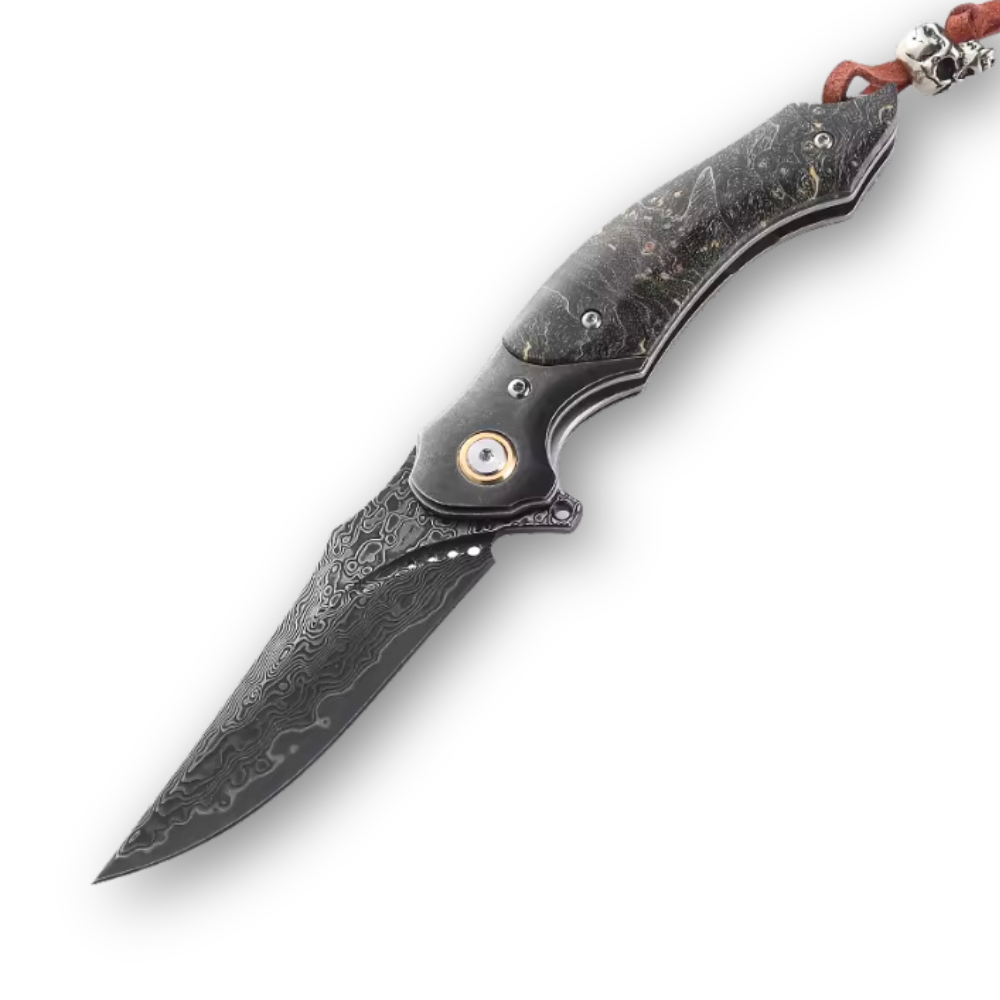
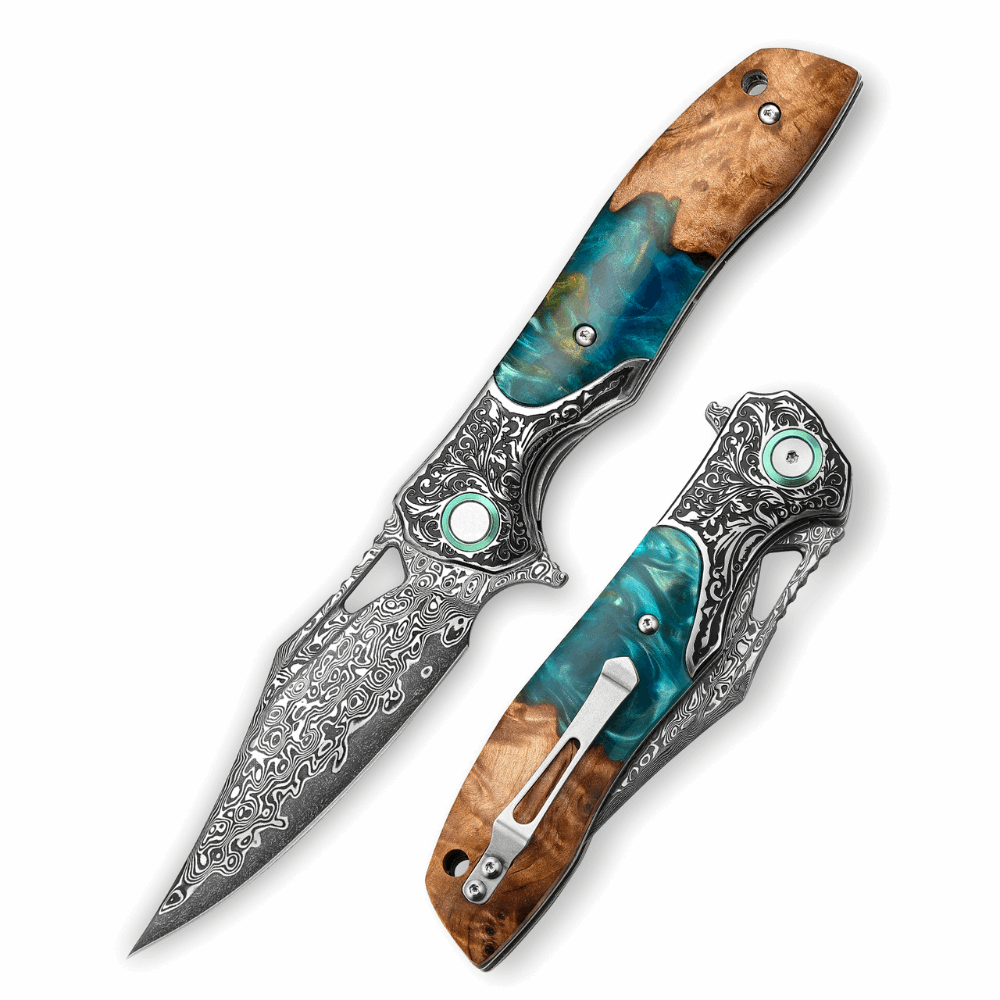
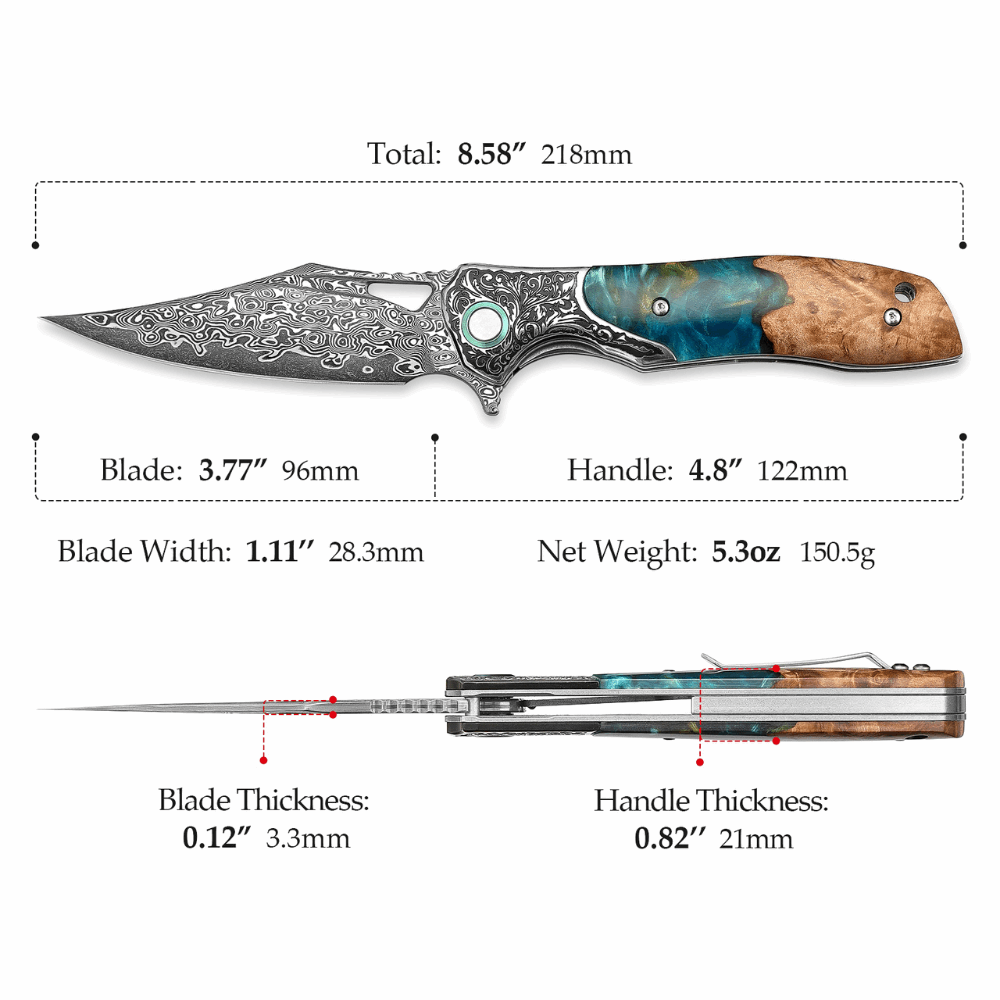
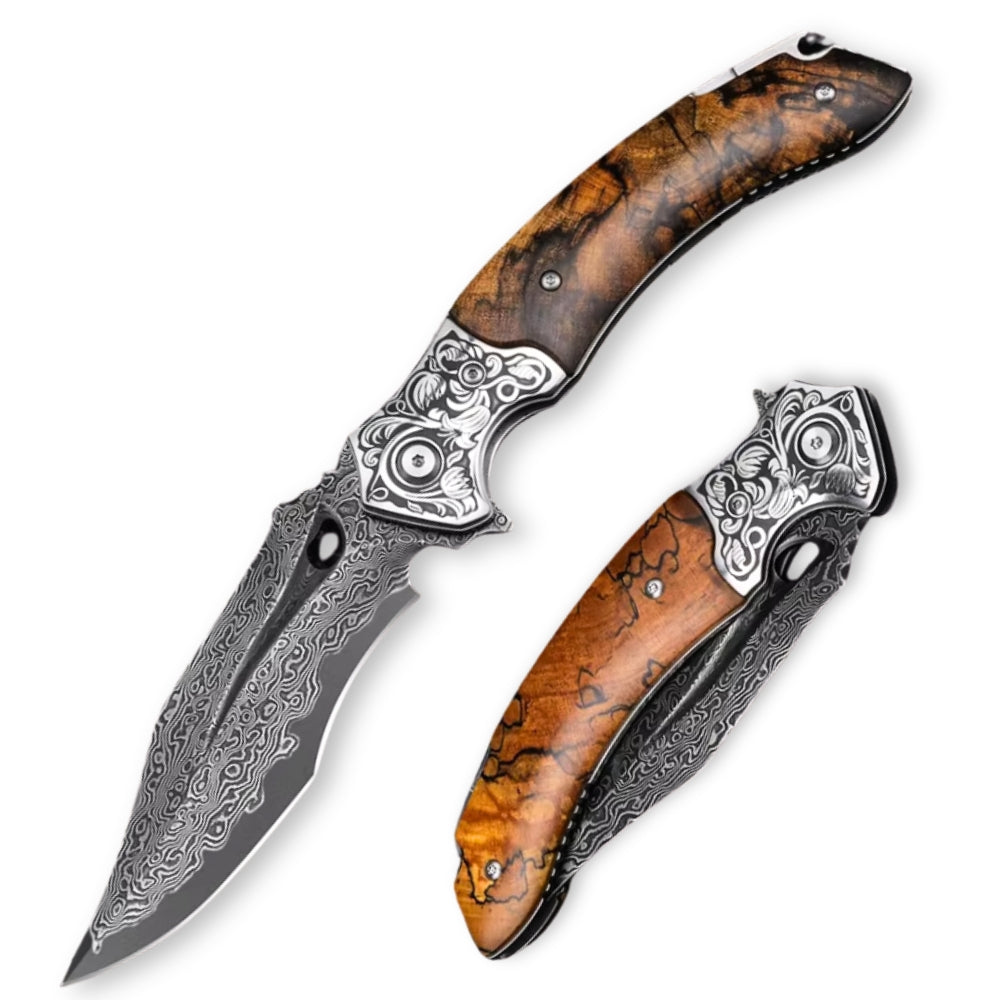

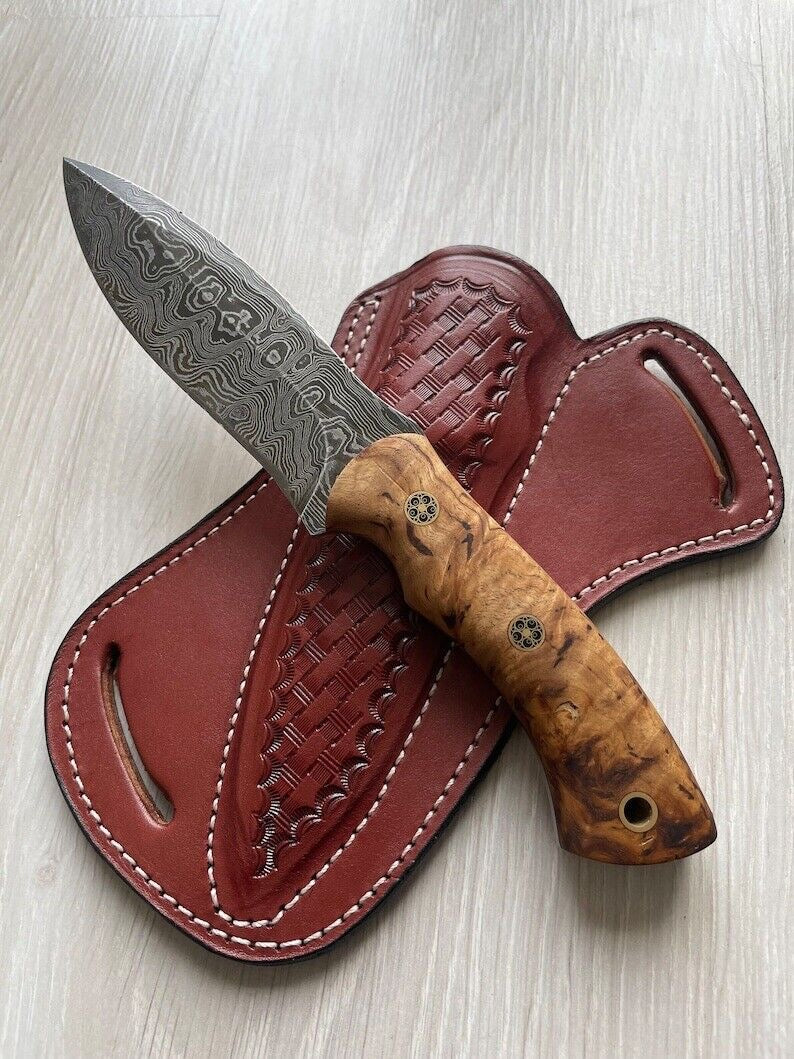


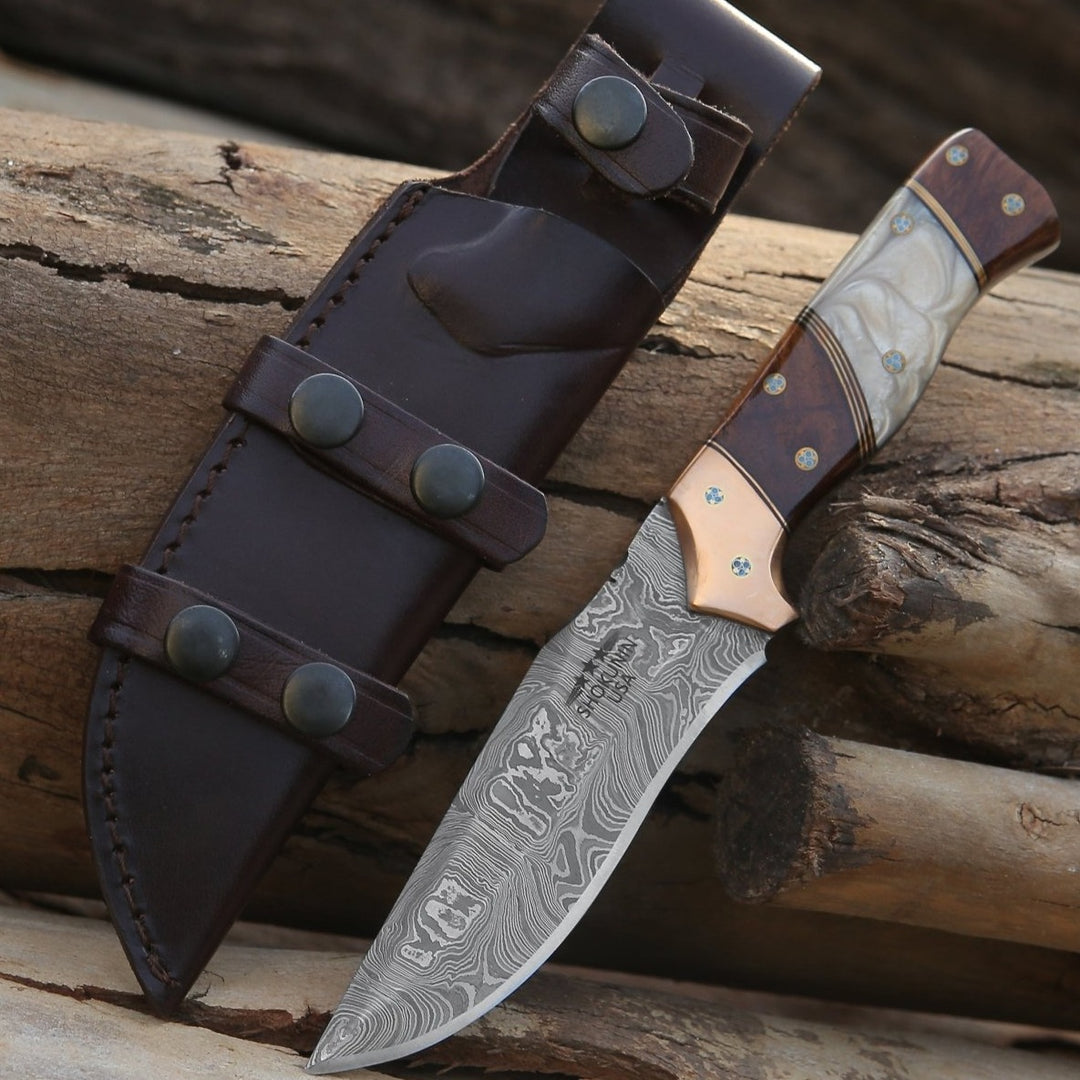
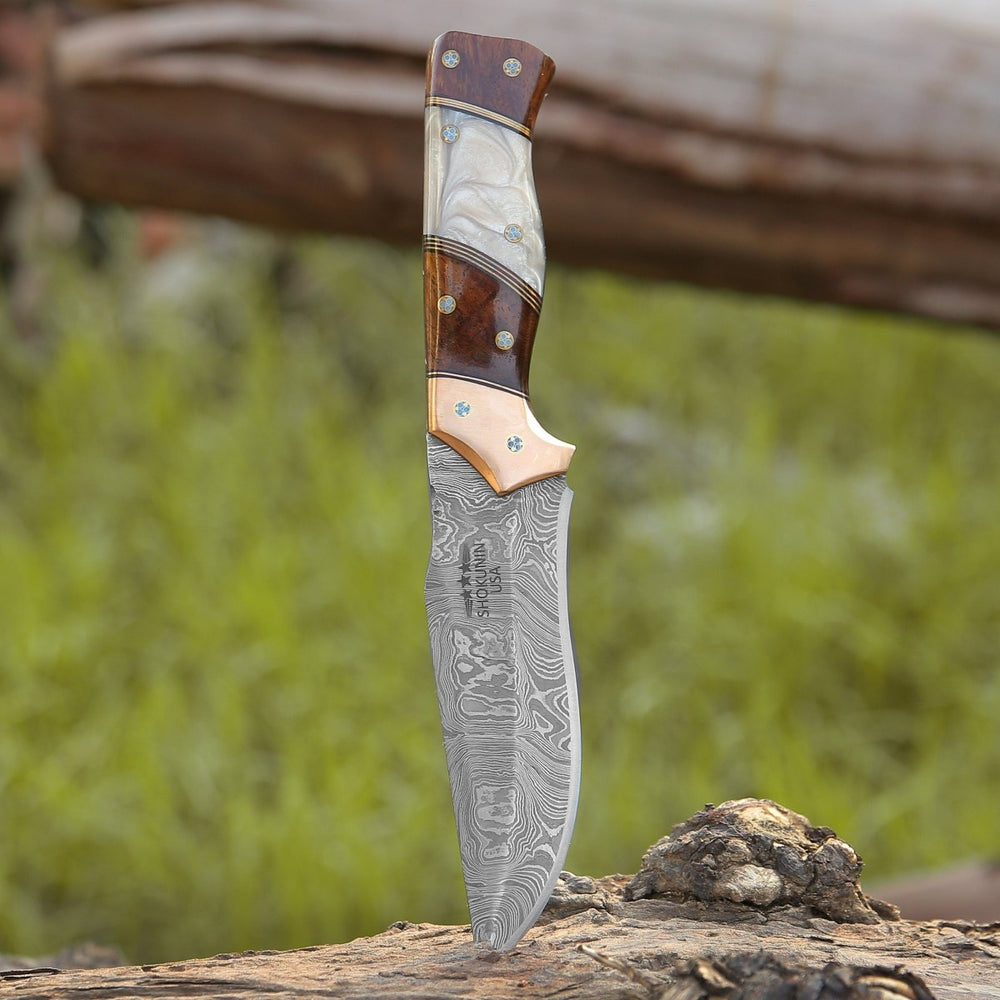


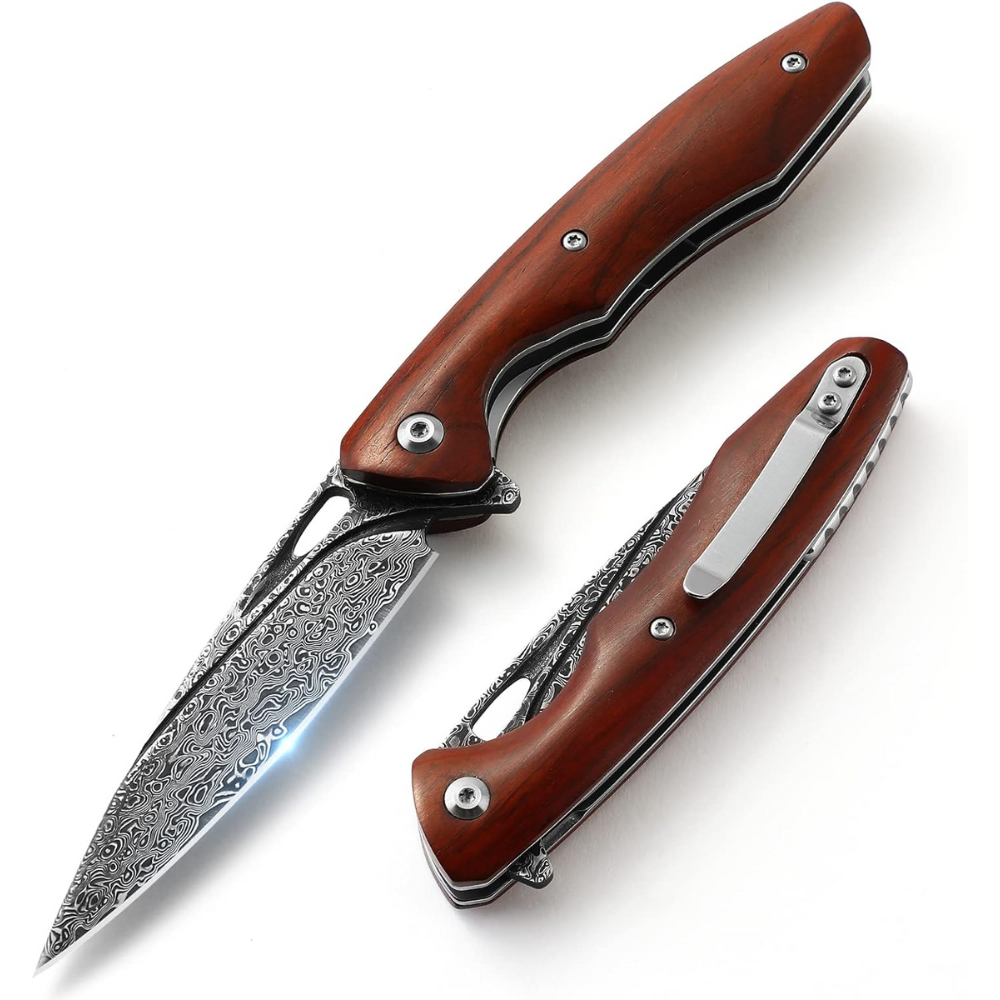
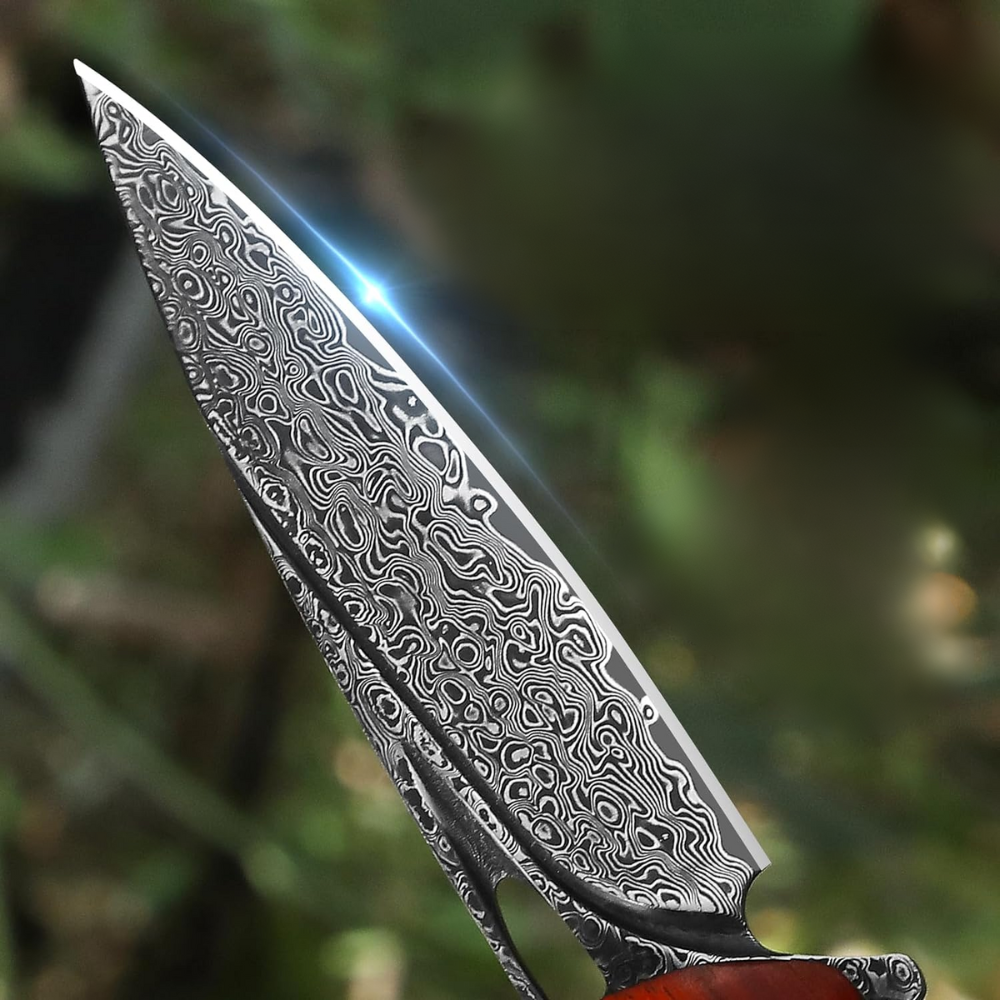



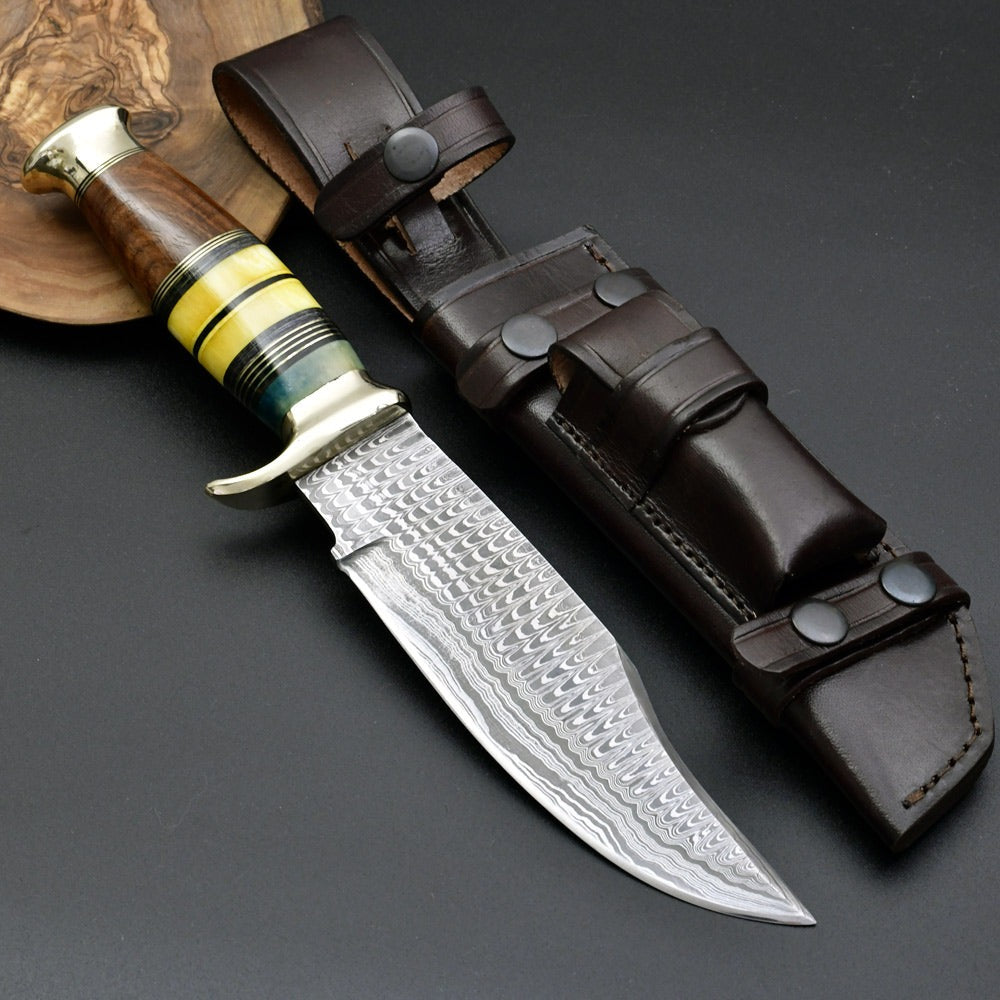


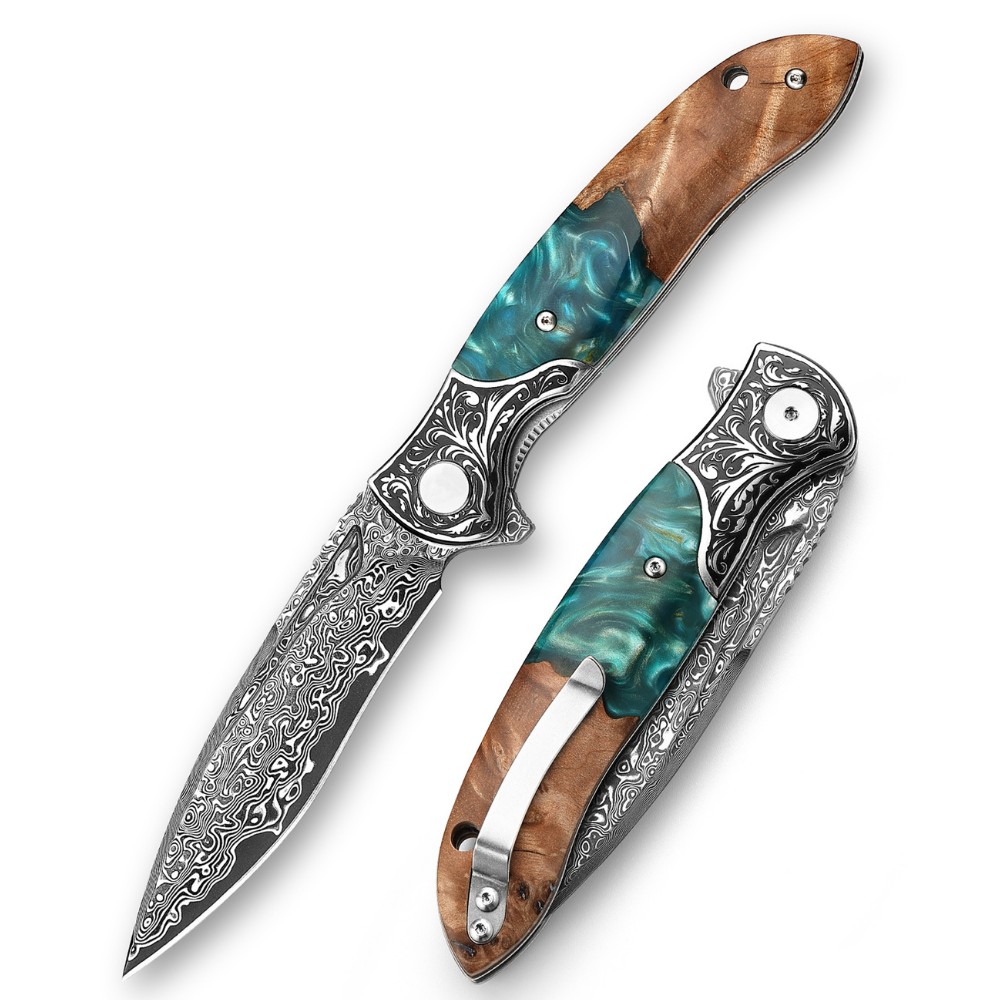

Leave a comment